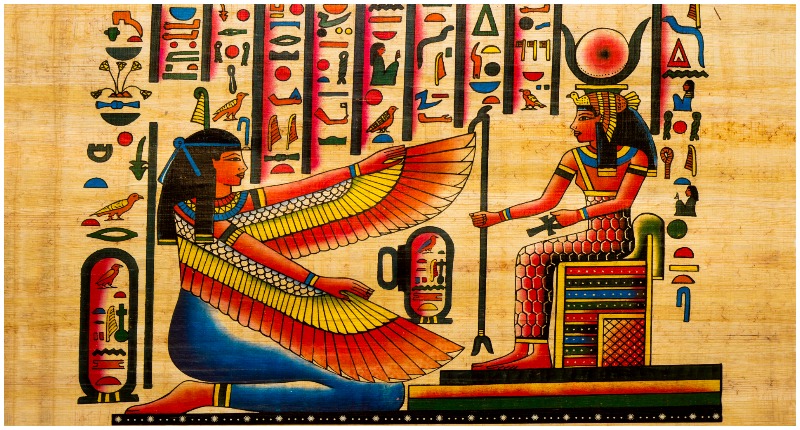The discovery of the remains of a young woman who was in a late stage of pregnancy at the time of her death reveals the harrowing dangers of childbirth.
The Ministry of Antiquities announced that the young woman’s corpse was found while an American/Italian team were excavating in a Kom Ombo archaeological site in Aswan in Egypt.
The grave was found near the site of Kom Ombo, known for its unique Ptolemaic-era double temple dedicated to two gods.
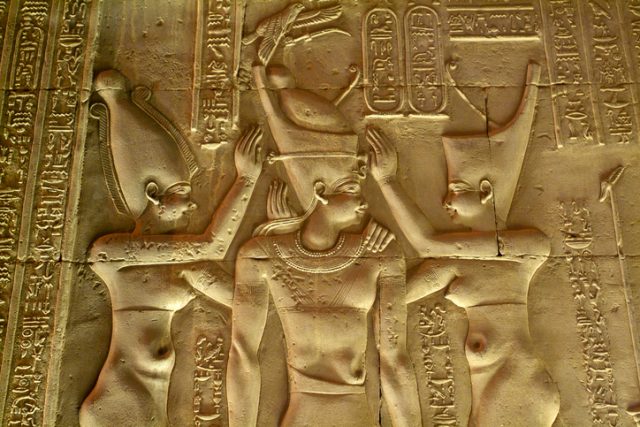
Moustafa Waziri, secretary general of High Supreme of Antiquities, stated in a press release that the the remains were found in a tomb that was used by travelers who moved to Egypt from the southern region between 1550-1750 BC.
Archaeologists say that the dead woman was likely in her mid-20s and that she had suffered a broken pelvis. Her head was wrapped in a leather shroud.

According to MNN, “The grave also held two pottery vessels — an artfully made, but well-worn jar and a fine bowl with a red polished surface and black interior.” The bowl was made in the Nubian style, researchers say.
Most likely the mother and child died during childbirth, since the skeleton of the baby was found in a “head down” position in the woman’s pelvic area.
The woman’s pelvis was misaligned, Waziri explained, perhaps from a poorly healed fracture, which may have led to problems during labor.

Another explanation was that she had a broken bone that had been improperly treated, causing complications that led to her death.
The team’s lead osteologist Dr. Mindy Pitre of St. Lawrence University said in an interview with Forbes that the birth was compromised. “While it is impossible to determine the cause or timing of death of both the woman and child, it is clear that the woman’s pelvis showed signs of misalignment, suggesting possible injury or health issues during life,” Pitre said.
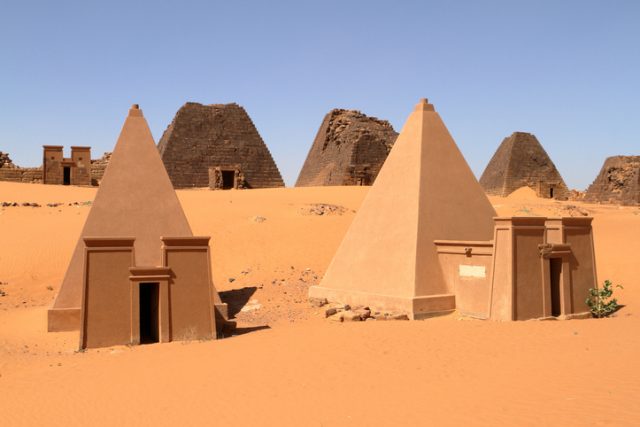
“The small cemetery where the remains were discovered was likely used by communities that moved to Egypt from Nubia during the Second Intermediate Period, which spanned from 1750 to 1550 BC,” said MNN.
The eggshell beads in the grave may have been made as an offering, but the meaning behind this type of offering is unclear.
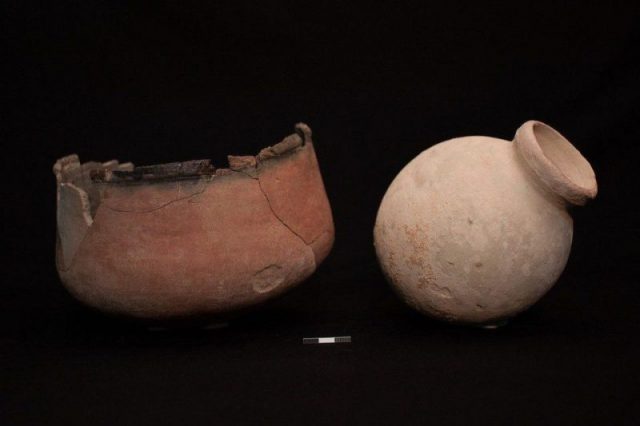
One theory is that the woman was a bead maker or from a family of bead makers, and her family placed the material in the grave to honor her memory.
This region is currently being investigated by the Aswan-Kom Ombo Archaeological Project, directed by Dr. Maria Carmela Gatto of the University of Leicester and Dr. Antonio Curci of the University of Bologna.
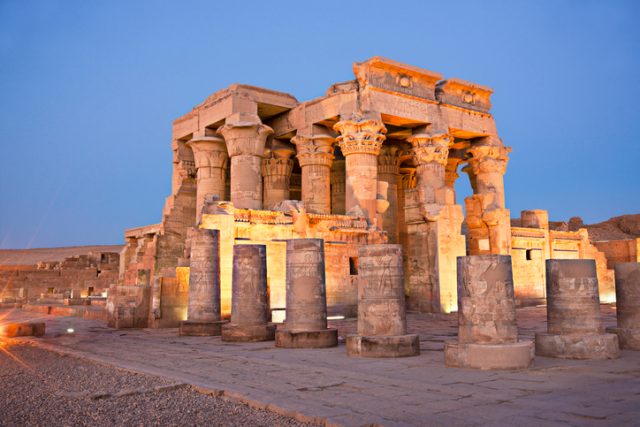
This new find makes an important contribution to the archaeological evidence of death in childbirth because, in spite of the fact that maternal and infant mortality were high in the past, there are only twenty examples of burials of pregnant women in archaeological literature.
Scientists who study childbirth in the past believe that complications in childbirth are not always due to injury or obstruction, but could be caused by the mother’s health issues. Fetuses can answer central questions about the past in terms of population demography, fetal health, and sociocultural aspects of pregnancy and death, according to Forbes.
From 1650 to 1550 BC, Egypt progressed through the Second Intermediate Period, which was a time when the country was in a state of disorganization. People from foreign countries — known as “Hyksos” — are believed to have entered Egypt, eventually conquering territories and bringing innovations like the horse and chariot in warfare.
Egypt’s New Kingdom emerged around 1550 BC. This is often considered the most prosperous period in the country’s ancient history.
